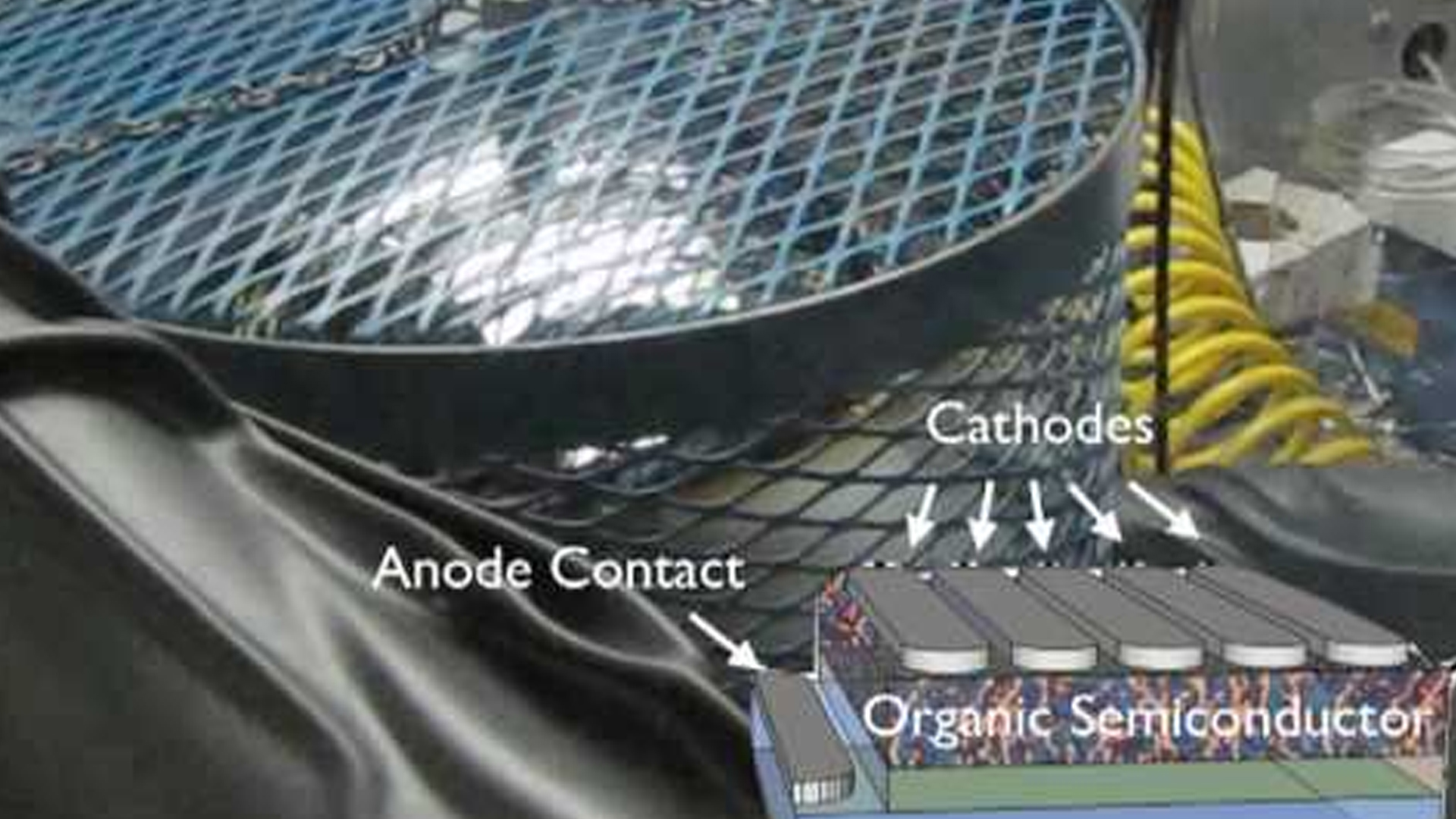News Article
High Efficiency Cells Set For Rapid Growth
In a development that could slow the downward spiral of prices and profit margins in the solar industry, the market share of high-efficiency crystalline silicon (c-Si) photovoltaic (PV) cells is expected to more than double by 2015, according to the latest IHS iSuppli PV Perspectives Market Brief from information and analysis provider IHS. High-efficiency units in 2015 are expected to account for 31 percent of global c-Si solar cell shipments, up from just 14 percent in 2011, as presented in the figure below. The remaining shipments will consist of standard-efficiency cells utilizing older technology.
High-efficiency solar cells employ advanced conversion techniques to increase solar efficiency by anywhere from 0.3 to as much as 5 percentage points. For example, a standard module that is 15 percent efficient could attain a boosted efficiency rating ranging from 15.3 percent to 20 percent by using advanced conversion techniques.
"Conversion efficiency initiatives were not a priority during the past two years as the PV industry focused on increasing production to meet surging demand," said Henning Wicht, senior director and principal analyst for PV systems at IHS. "However, given the continuing retreat of solar prices"”down at least 25 percent this year"”top module and cell suppliers are realizing that higher-efficiency techniques could be a key competitive weapon, allowing them to achieve market differentiation by offering superior products. This represents a fundamental shift in strategy that could allow the PV industry to slow price erosion and suppliers to improve profitability."
Solar cell conversion techniques involve letting in a greater amount"”or a broader spectrum"”of light while reducing recombination losses, in which holes and electrons recombine before being extracted. While most conversion techniques have been around for many years"”one or two decades in some cases"”it is only now that the technologies have achieved serious attention for broader commercial implementations.
The most prominent of the new technologies are those that minimize front-side metal contacts known as busbars and fingers. While the contacts are vital to the solar cell's operation, they also block the sun at the same time. A broad array of solar conversion technologies is available today, including back side contacts, heterojunction cells, passivation layers, selective emitter technology, new light-trapping techniques, smaller front-side metallization and bi-facial cells. There also are various efforts occurring in the research and development stage, including hot-carrier technologies, 3-D cell structures and new energy-conversion layers based on rare-earth materials and silicon nanoparticles.
The biggest challenge in switching to higher-efficiency cells is the loftier price involved in producing them. This could entail a panel price markup of 10 to 15 percent. However, negative perceptions on conversion viability appear to be changing as the techniques become less risky and more cost effective to implement. The transformation is thanks to the advocacy work of research labs like ECN and Fraunhofer, equipment companies like Applied Materials Inc. (AMAT) and Manz Automation AG, and cell materials suppliers like DuPont, which recently bought Innovalight and its Silicon Ink technology to expand its portfolio.
In early 2011, the leading producers of high-efficiency cells were California-based SunPower Corp. and Japan's Sanyo Electric Co. Ltd. However, several other players also are expected to roll out their offerings during the course of this year.





























